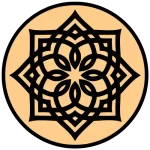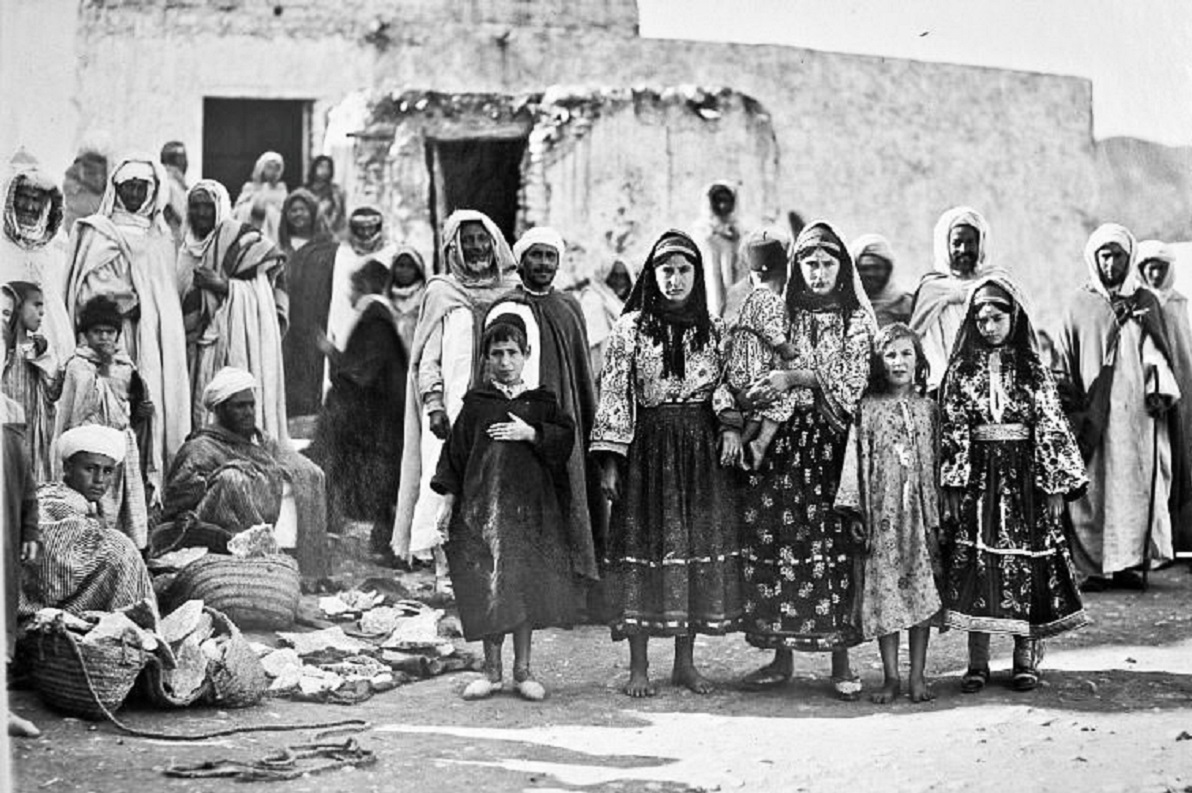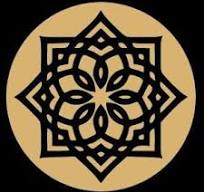Introduction to Sephardic Communities
Sephardic communities are a diverse group of Jews with unique cultural, religious, and historical backgrounds. Sephardic Jews originated in the Iberian Peninsula in the Middle Ages and include Jews from Spain, Portugal, North Africa, the Middle East, and other regions. Traditionally, Sephardic Jews are categorized into three groups: North African Sephardim, Western Sephardim, and Eastern Sephardim, based on geographical locations and cultural differences.
North African Communities
The North African Sephardic communities are Jews who have lived in North African countries like Morocco, Tunisia, Algeria, and Libya, for centuries. They speak Judeo-Arabic, a dialect of Hebrew heavily influenced by Arab and Berber cultures. Western Sephardic communities trace their ancestry to Spain and Portugal, while Eastern Sephardic communities lived in the Middle East, including Iraq, Syria, Iran, and Yemen. Each Sephardic community has its own unique traditions, practices, and notable figures, like Rabbi Yitzhak Alfasi, Rabbi Shlomo ben Aderet, and Rabbi Obadiah ben Abraham.
The North African Sephardic communities were among the oldest Jewish communities in the world, dating back over 2,000 years. Their history is rich and complex, marked by a long and often turbulent relationship with the Arab and Muslim cultures that surrounded them. Despite this, the North African Sephardic communities managed to maintain their distinct Jewish identity and traditions throughout the centuries.
Western Communities
The Western Sephardic communities, on the other hand, trace their roots to the Jews who were expelled from Spain and Portugal during the Inquisition in the late 15th century. These communities settled throughout Europe, the Americas, and other parts of the world. The Western Sephardim have had a significant impact on Jewish culture, including the development of Ladino, a language based on medieval Spanish, and the creation of unique musical and culinary traditions.
Eastern Communities
The Eastern Sephardic communities lived in the Middle East and were heavily influenced by the dominant Muslim culture. The Jewish communities in the region often enjoyed a relatively high degree of autonomy and freedom, but this changed with the rise of nationalism and political instability in the early 20th century. Many Eastern Sephardic Jews were forced to leave their homes and resettled in other parts of the world, including Israel, the United States, and Europe.
More About Sephardim
To learn more about the diverse Sephardim, explore the tabs above. You can learn about the distinct traditions and histories of Western, Eastern, and North African Sephardic communities, as well as the unique experiences of Bnei Anusim. Bnei Anusim are Jews who were forced to convert to Christianity during the Inquisition and their descendants. Each Sephardic community has its own rich cultural heritage and story, and by exploring these resources, you can gain a deeper appreciation for the diversity and resilience of Sephardic Jewish people.









Ohr HaChaim Yomi – Emor